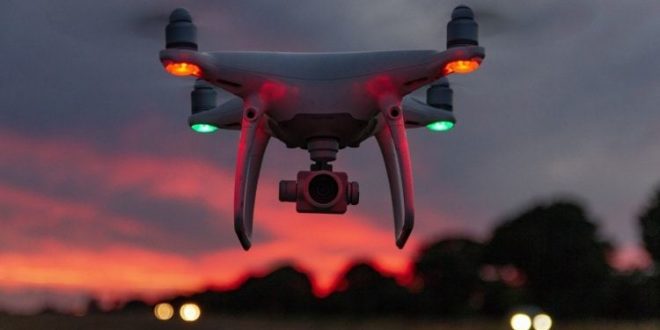India just announced the rollout of their first ever regulations for commercial drone operations, which will go into effect December 1st.
The new rules lay out categories for different types of drone operations, and are scheduled to go into effect on December first. Up to this point India has had no drone regulations in place (on this note, we just updated our existing resource on India’s drone laws with information about the new regulations).
In an announcement shared two days ago, India’s Ministry of Civil Aviation explained that their new drone regulations should be viewed only as the first set of drone rules, and shared a few of the items they’d like to consider for a future 2.0 version. Some of the proposed inclusions for the next step include BVLOS operations and a certification process for drone hardware and software.
We want to establish a world-leading drone ecosystem in India. These regulations firmly place us among the global leaders.
– Shri Jayant Sinha, India’s Minister of State
India’s Digital Sky Platform
One of the most notable features of India’s rollout of their new drone regulations is that they plan to launch their own UTM (Unmanned Traffic Management system) simultaneous to the launch of the regulations.
India’s UTM is called the Digital Sky Platform, and it will be used to digitally register drones. All drone pilots (excluding those in the Nano category—categories are covered in the section below) will be required to register their drone with the Digital Sky Platform.

Before every single flight, drone pilots will be required to request permission to fly via a mobile app, which will automatically process the request and grant or reject it—presumably using the same kind of information found in UAS Facility Maps, which enable automatic yes/no permissions for LAANC-based airspace authorizations here in the U.S.
India is calling their system “No Permission, No Takeoff” (NPNT). If a drone pilot tries to fly without receiving permission from the Digital Sky Platform, he or she will simply not be able to takeoff.
In a country as big as India, to launch a nation-wide platform like this simultaneous to rolling out the first drone regulations is certainly a bold step forward. We’ll be excited to see how the rollout goes, and to hear about how this new NPNT system works in India. If it’s a success, it could provide a model for other geographically large countries struggling to address similar issues related to regulations and permissions.
India’s New Drone Regulations
The new drone regulations follow many of the guidelines already established by civil aviation authorities, such as the FAA and others, around the world.
India’s airspace has been partitioned into three categories: Red Zone (flying not permitted); Yellow Zone (controlled airspace); and Green Zone (automatic permission to fly).
Also worth noting is that the new regulations have specific requirements regarding the types of features a drone must have to be flown in India (excluding those in the Nano category). These mandatory requirements include: GPS; Return-to-home (RTH); Anti-collision light; ID plate; A flight controller with flight data logging capability; RF ID and SIM/No Permission, No Takeoff (NPNT).
Other commercial drone regulations that will take effect on December 1 include the following:
- All drones except those in the Nano category must be registered and issued a Unique Identification Number (UIN).
- A permit is required for commercial drone operations (except for those in the Nano category flown below 50 feet and those in the Micro category flown below 200 feet).
- Drone pilots must maintain a direct visual line of sight at all times while flying.
- Drones cannot be flown more than 400 feet vertically.
- Drones cannot be flown in areas specified as “No Fly Zones”, which include areas near airports, international borders, strategic locations, and military installations.
- Permission to fly in controlled airspace can be obtained by filing a flight plan and obtaining a unique Air Defense Clearance (ADC) / Flight Information Center (FIC) number.
India’s Five New Drone Categories
Registration is required for all but the Nano category.
1) Nano: Less than or equal to 250 grams (.55 pounds)
2) Micro: From 250 grams (.55 pounds) to 2kg (4.4 pounds)
3) Small: From 2kg (4.4 pounds) to 25kg (55 pounds)
4) Medium: From 25kg (55 pounds) to 150kg (330 pounds)
5) Large: Greater than 150kg (33 pounds)
Systems like India’s proposed Digital Sky Platform help pave the way forward to create the infrastructure needed to ensure the growth of the drone industry.
To see another country join the ranks of those with robust drone regulations is yet one more indication of the progress we’re making. We’re looking forward to seeing how things go in December, and beyond.
Do you plan to fly your drone in India? What do you think about their NPNT policy? Let us know in this thread on our community forum.
https://uavcoach.com/2018-drone-laws-india/
 Unmanned Aerial Vehicle The latest drone news
Unmanned Aerial Vehicle The latest drone news






